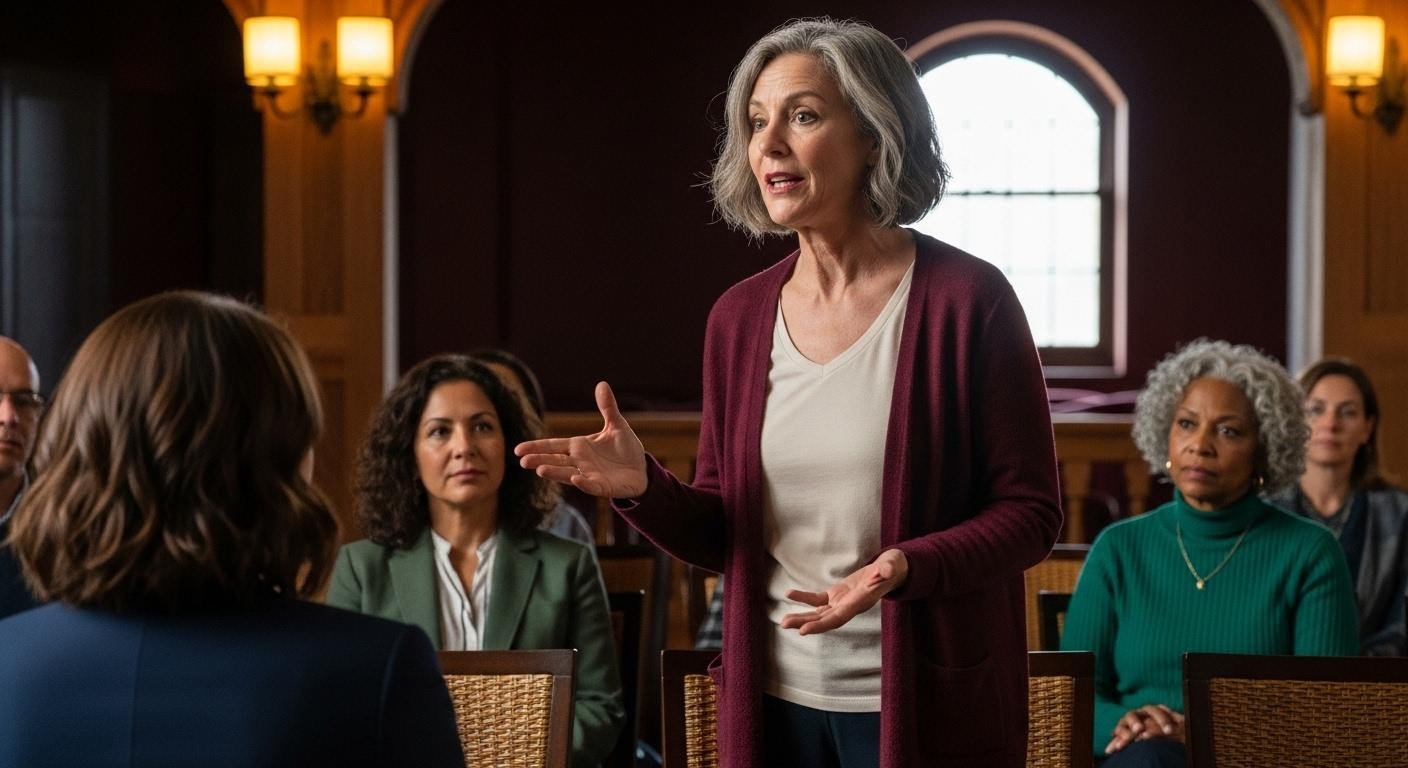Lantern light flickers across Fort Payne’s Opera House at 7:30 PM on October nights. Your tour group numbers just 15 people, small enough that the local historian’s voice drops to a whisper when describing the 1890s actress who haunts the basement. Outside, autumn leaves crunch underfoot along Main Street’s Victorian storefronts. While Salem hosts 500,000 October visitors and Savannah runs commercial ghost bus tours, this 14,000-resident Alabama town protects something different: authentic Appalachian ghost storytelling where locals share coal mining tragedies and Cherokee legends under October stars.
The October window Salem tourists miss entirely
Fort Payne sits in northeast Alabama’s Appalachian foothills, 70 miles from Atlanta. October temperatures hover at 70-75°F, perfect for evening walks through downtown’s preserved 1889 architecture. The 3rd Annual Ghost Walk runs select Friday and Saturday nights through November 1st, with tickets going on sale September 1st at 10:00 AM.
Each tour group caps at 15 people maximum. Pre-purchased Eventbrite tickets are required, with no walk-up availability. Tours start at 6pm and 7pm, expanding to 8pm slots later in October. This intimate scale contrasts sharply with Salem’s Haunted Happenings crowds and commercial atmosphere.
The town deliberately limits capacity to preserve the storytelling experience. Dark historical narratives require quiet attention, something impossible with large tour groups.
What 15-person ghost walks reveal that tour buses cannot
Fort Payne’s ghost tours center on the restored Opera House, built in 1890 during the town’s coal boom period. Local historians lead 90-minute walks through downtown’s brick storefronts, sharing documented paranormal encounters. The venue’s “Phantom” entity reportedly turns on bathroom faucets when visitors leave.
Victorian storefronts and mining ghosts
Downtown Fort Payne preserves late 19th-century commercial architecture unchanged since incorporation in 1889. Lantern-lit walks wind through narrow passages between buildings where coal miners once lived. The Opera House basement, converted from silent movie theater to community space, serves as the tour’s atmospheric centerpiece.
Cherokee heritage and frontier mysteries
Tours integrate Native American stories predating European settlement. Granny Dollar’s legend features prominently: a Cherokee woman whose family evaded the Trail of Tears, becoming a folk healer and fortune-teller. Her spirit reportedly haunts DeSoto State Park, where she died. Small-town authenticity allows guides to share these sensitive cultural narratives respectfully.
Three October nights locals return for annually
Ghost walk tickets cost $12-15, compared to Salem’s $40-plus tours. The experience runs 3 hours total, with refreshments available by donation before and after walks. Tours cover roughly one mile through downtown, with some hills requiring basic mobility.
The ghost walk ritual from 7 PM to 9 PM
Participants gather at the Opera House 15 minutes before departure. Local historians and theatrical hosts lead groups along Gault Avenue’s historic district. Tours incorporate paranormal investigation equipment demonstrations, adding interactive elements to storytelling. The intimate group size creates genuine atmosphere impossible with larger crowds.
Southern comfort food and autumn traditions
Local restaurants time their October menus to ghost walk schedules. Barbecue joints and cafes offer fried catfish, cornbread, and pecan pie to pre-tour diners. Appalachian mill towns like Fort Payne preserve these culinary traditions without tourist markup.
Why Fort Payne keeps this quiet from Instagram crowds
The town’s 15-person tour limit reflects deliberate community values. Landmarks of DeKalb County operates the ghost walks as historical education, not entertainment spectacle. Tours aren’t recommended for children under 10, maintaining mature storytelling focus.
Fort Payne’s estimated 10,000 annual October visitors contrast sharply with Salem’s half-million Halloween tourists. Accommodation costs range $70-140 nightly, well below major ghost destinations. The community prioritizes preserving authentic local history over maximizing tourism revenue.
October destinations like Fort Payne survive by limiting access rather than expanding it.
Your questions about Fort Payne’s ghost festival answered
When exactly do ghost walks run and how do I book?
Ghost walks occur Friday and Saturday evenings October 10-25, plus November 1st. Times are 6pm and 7pm, with additional 8pm slots October 24-25. Tickets go on sale September 1st at 10:00 AM through Eventbrite only. Pre-purchase is required with no walk-up availability.
What makes these ghost stories different from commercial haunted houses?
Fort Payne’s tours focus on documented local history rather than fictional entertainment. Local historians share verified paranormal encounters, Cherokee legends, and coal mining tragedies. The Opera House’s “Phantom” represents actual reported phenomena, not manufactured scares designed for profit.
How does Fort Payne compare to Salem or Savannah for October ghost tourism?
Fort Payne hosts roughly 10,000 October visitors compared to Salem’s 500,000. Accommodation costs $70-140 nightly versus $150-300 in major ghost destinations. Tour groups cap at 15 people versus commercial operators running 40-person bus tours. The Appalachian setting provides mountain backdrop unavailable in coastal destinations.
The last lantern extinguishes at 9:15 PM as your group disperses into October darkness. Leaves rustle down empty Main Street while Fort Payne’s 14,000 residents prepare for another quiet night. Tomorrow, Salem will wake to witch museum queues and commercial ghost tours. Here, locals will brew morning coffee, protecting the same Cherokee legends and mining ghost stories they’ll whisper again when next October’s lanterns flicker to life.
